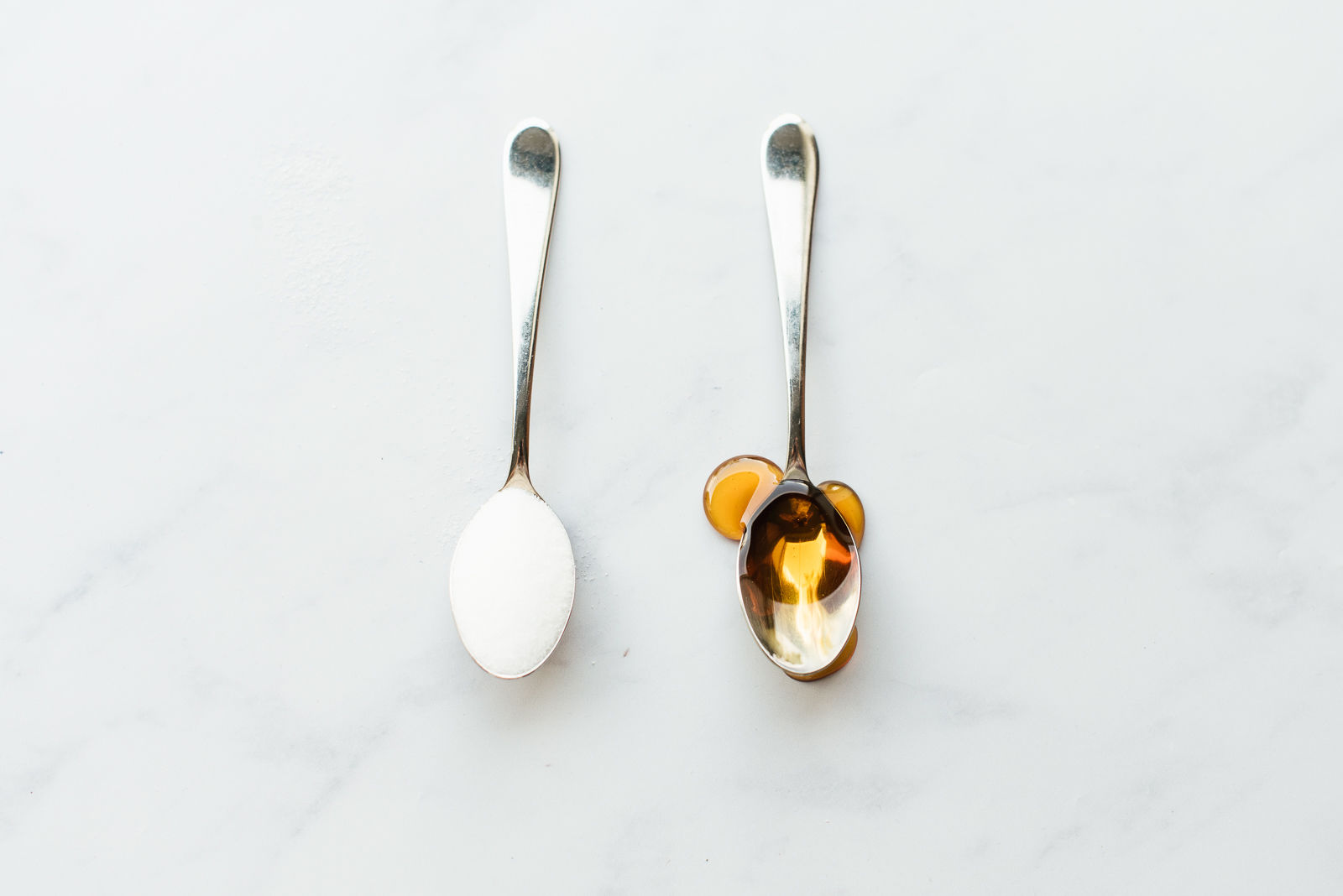
Many people ask about taking raw honey as a sweetener if they're diabetic, especially as an alternative to sugar. Here are some points to consider:
It is a disease that limits the body’s ability to produce or respond to the hormone insulin. This results in problems metabolising carbohydrates often causing elevated levels of glucose (sugar) in the blood. There are two types of diabetes, Type 1 when the body is unable to produce insulin and Type 2 when the body does not produce enough or metabolise insulin properly. For this reason diabetics need to watch the amount and type of carbohydrates they consume as this will affect their blood sugar levels (the levels of sugar found in blood).
According to Medical News Today, to keep blood sugar at a safe level diabetics should limit their total carbohydrate intake to between 45 grams and 60 g per meal or less. So, it is important to choose a healthy eating plan with non-processed, high-fibre carbohydrates and control the size of portions.
If you are diabetic or insulin resistant seek the advice of a medical doctor or dietician before consuming raw honey or sugar.
According to The Journal for Medicinal Food, a study carried out in the United Arab Emirates (UAE), which researched how honey and sugar affect blood sugar. The study found that 75g of honey raised blood sugar and insulin levels in people without diabetes within 30 minutes. A similar test, using the same amount of pure glucose, saw blood sugar levels rise to slightly higher levels. The effect was similar in people with type 2 diabetes. The participants experienced an initial rise in blood sugar levels with the levels dropping within 2 hours. The blood sugar levels, overall, were much lower and remained lower in the honey group, compared to the white sugar group. Because blood sugar levels were better in the groups taking the honey, researchers suggested that honey increased insulin levels. Because insulin helps to move glucose out of the blood, it is possible that the increased insulin from the raw honey helped to bring down sugar levels.
In the book, The Honey Revolution, by Dr Ron Fessenden, looks at how honey can regulate the body’s blood sugar, “the more glucose intolerant one is, the lower the blood sugar response after honey ingestion versus the higher the blood sugar response after consuming sucrose or glucose”. The equal measure of fructose and glucose found in honey facilitates glucose intake to the liver, preventing an overload of glucose entering the blood circulation. Interestingly only raw honey can do this.
Another interesting point is that monosaccharide fructose is recommended to sweeten the diet of diabetics due to its considerably lower GI. However fructose is absorbed differently than other sugars. It is not utilized for energy like glucose, but stored in the liver as triglycerides. This can cause a burden on the liver and Fessenden highlights in the book how diabetics in their quest to avoid sugar in foods often opt for sugar alternatives which sometimes contain corn syrup or artificial sweeteners that can in fact be more harmful than regular sugar when consumed over a long period of time.
In summary:
Raw honey is a natural sweetener that contains more carbohydrates and calories than white sugar but is less processed, carries more nutritional value and has less impact on blood sugar levels. Therefore it is possible, after consultation with a medical professional and dietician, to include raw honey as part of a healthy, carbohydrate-balanced meal plan if you're diabetic.
Sources:Dietvsdisease.org Medicalnewstoday.com Diabetes.org.uk Benefits of honey
Sign up for exclusive offers, recipes and the latest raw honey news.